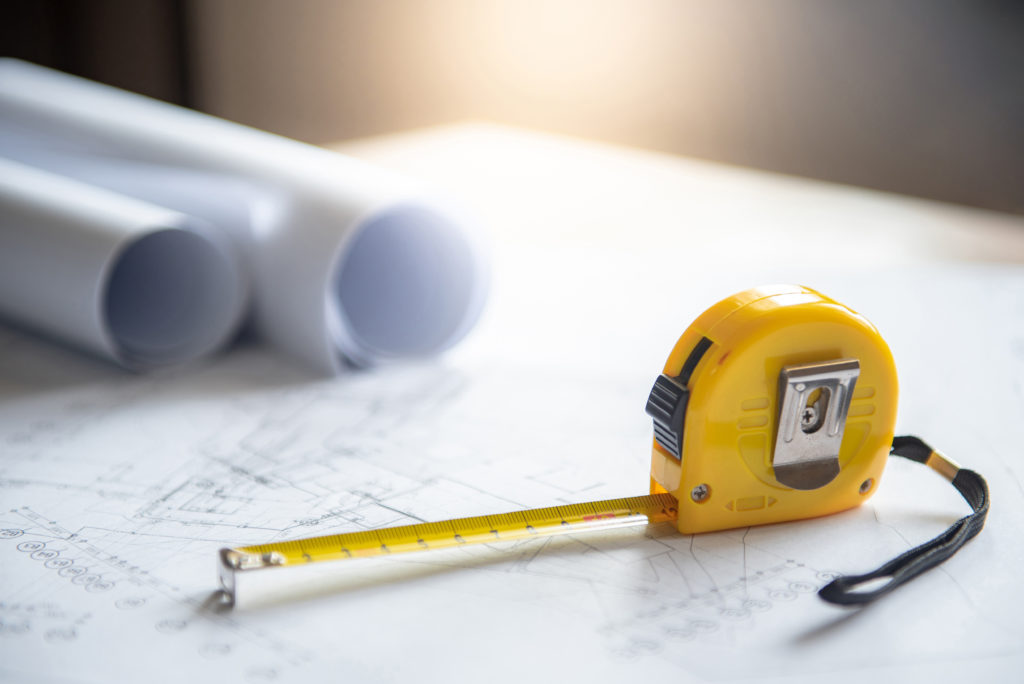Understanding Skip Dimensions
Skip dimensions encompass the skip’s length, width, and height. These measurements determine the skip’s overall volume and capacity. Measuring skip dimensions accurately is essential to ensure the skip fits in the designated space and accommodates the intended waste volume.
Type of Waste and Material
Different types of waste and materials require specific skip dimensions. For instance, bulky construction debris might demand larger skip dimensions, while household waste could fit into smaller skips. Tailoring skip dimensions to the type of waste ensures efficient utilization and prevents unnecessary waste overflow.
Available Space
Before choosing skip dimensions, assess the available space on-site. Proper measurements prevent complications such as an oversized skip obstructing work areas or walkways. Accurate measurements also aid in determining the optimal skip placement.
Access Points and Restrictions
Consider access points and any potential restrictions on-site. Narrow alleys, gates, and other obstacles may influence your skip dimension choices. opt for skip dimensions that can navigate through these challenges without causing disruptions.
Weight Capacity
Select skip dimensions based on the weight capacity needed for your project. Different skip dimensions come with varying weight limits. Overloading a skip can lead to safety hazards and additional costs. Choose dimensions that accommodate the waste volume without exceeding weight limits.
Regulations and Permits
Local regulations and permits often dictate the dimensions and placement of skips. Complying with these regulations is crucial to avoid fines and legal issues. Your skip dimensions may need to align with these requirements, so be sure to research and adhere to the regulations in your area.
Volume Requirements
Determine the required skip volume for your project. Selecting skip dimensions that match the volume helps prevent overflows and the need for multiple trips to the disposal site. Consider the waste production rate and frequency of required waste removal.
Cost Considerations
Balancing skip dimensions with cost efficiency is essential. Larger skips generally cost more, so choose dimensions that align with your budget. Analyse the trade-off between skip size and waste disposal frequency to find the most cost-effective solution.
Environmental Impact
Consider the environmental impact of your skip dimensions. Larger skips may lead to unnecessary waste disposal, contributing to environmental issues. Opting for appropriately sized skips minimizes waste and promotes responsible disposal practices, including recycling and reuse.
Project Timeline
The project timeline also influences skip dimension selection. If your project is of short duration, choosing larger skips might lead to underutilization and increased costs. Conversely, a longer project might benefit from larger skip dimensions to handle the accumulated waste.
Safety Measures
Safety should be a priority when selecting skip dimensions. Overloading skips poses safety risks to workers and equipment. You ensure a safer work environment by choosing skip dimensions that align with the waste volume and weight.
Future Needs
Anticipate your future waste disposal needs. Choosing versatile skip dimensions that accommodate various waste types and volumes can save you time and resources on future projects.
Vendor Options
Different skip vendors offer various skip size options. Explore the choices provided by different vendors and assess customization possibilities. Some vendors might offer tailor-made skip dimensions to suit your project requirements.
Client Communication
Effective communication with clients is crucial. Discuss skip dimension choices with clients, addressing their preferences and concerns. Clear communication ensures that the selected skip dimensions align with their expectations.
Regular Assessment and Adaptation
Periodically assess your skip dimensions and adapt as needed. Projects and waste volumes may change over time, so reviewing skip dimensions ensures continued efficiency. Make adjustments as necessary to maintain optimal waste management.
FAQs
Are there standard skip dimensions used in the industry?
The skip industry does have some common size standards, but these can vary by region and country. Researching the local standards and regulations is essential to ensure compliance and optimal waste disposal.
How do regulations affect skip dimension choices?
Regulations dictate the permissible dimensions and placement of skips. Non-compliance can result in fines and delays. Adhering to regulations ensures a smooth waste disposal process and legal compliance.
What’s the role of weight capacity in skip dimension selection?
Weight capacity determines the maximum load a skip can carry. Choosing skip dimensions with appropriate weight capacity prevents overloading, which can be hazardous and costly.
Can I customize skip dimensions based on my project?
Many skip vendors offer customization options to align with specific project needs. Discuss your requirements with vendors to find a suitable solution.
How do I determine the right skip dimensions for my project?
Assess your project’s waste volume, available space, type of waste, and regulatory requirements. Factor in safety, cost, and future needs to make an informed decision.

